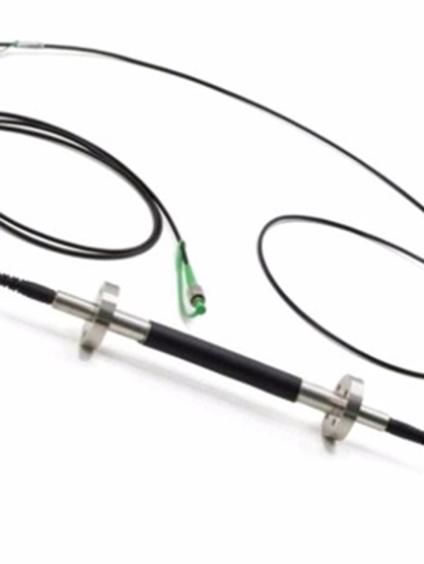Fibre optic technology is a new, innovative method of measuring strains in structures and geotechnical processes, using light, rather than electric current, as the signal carrier.

Common uses
Process
GEO-Instruments and Sylex partner to provide a first class supply, design and installation service for all applications relating to structural health monitoring using fiber optic sensing. We also work to develop bespoke systems and sensors together.
This includes unique modular asset monitoring for sewers and tunnels that has been used successfully in London and Berlin to monitor assets over large diameter tunnel drives.
Our full range of sensing products are located here. We will be more than pleased to assist you in selecting the correct instrument and accessory for your project.
We use fiber Bragg grating (FBG) technology manufactured by Sylex. This is a flexible solution for on-site installations as it does not need to be taught when installed.
An FBG sensing element measures strain and temperature. Using different transducer mechanisms it can also measure other physical quantities, like; pressure, displacement, force, load, acceleration and inclination.
Advantages
- Inherently safe: Can be used in environments where electrical signal or sparking is prohibited, even inside explosive environments
- Reliable: Data transfer via fibre optics has the telecommunication industry due to its wide broadband, low loss and the ability to carry the signal over long distances without needing an amplifier. Immune to electrostatic, electromagnetic and radio interference. Reads micro strain directly in real time.
- Low maintenance: Long life time in situ and requires no individual calibration
- Flexible: Can be used in extreme temperatures and harsh environments. And, as the sensor sensors are very small they can be mounted on structures with minimal modification or impact.
- Time and cost savings: Multiplexing allows many tens of FBGs can be integrated in a single optical fibre reducing the amount of fibre cables that need to be installed. This generates significant installation cost and time savings.